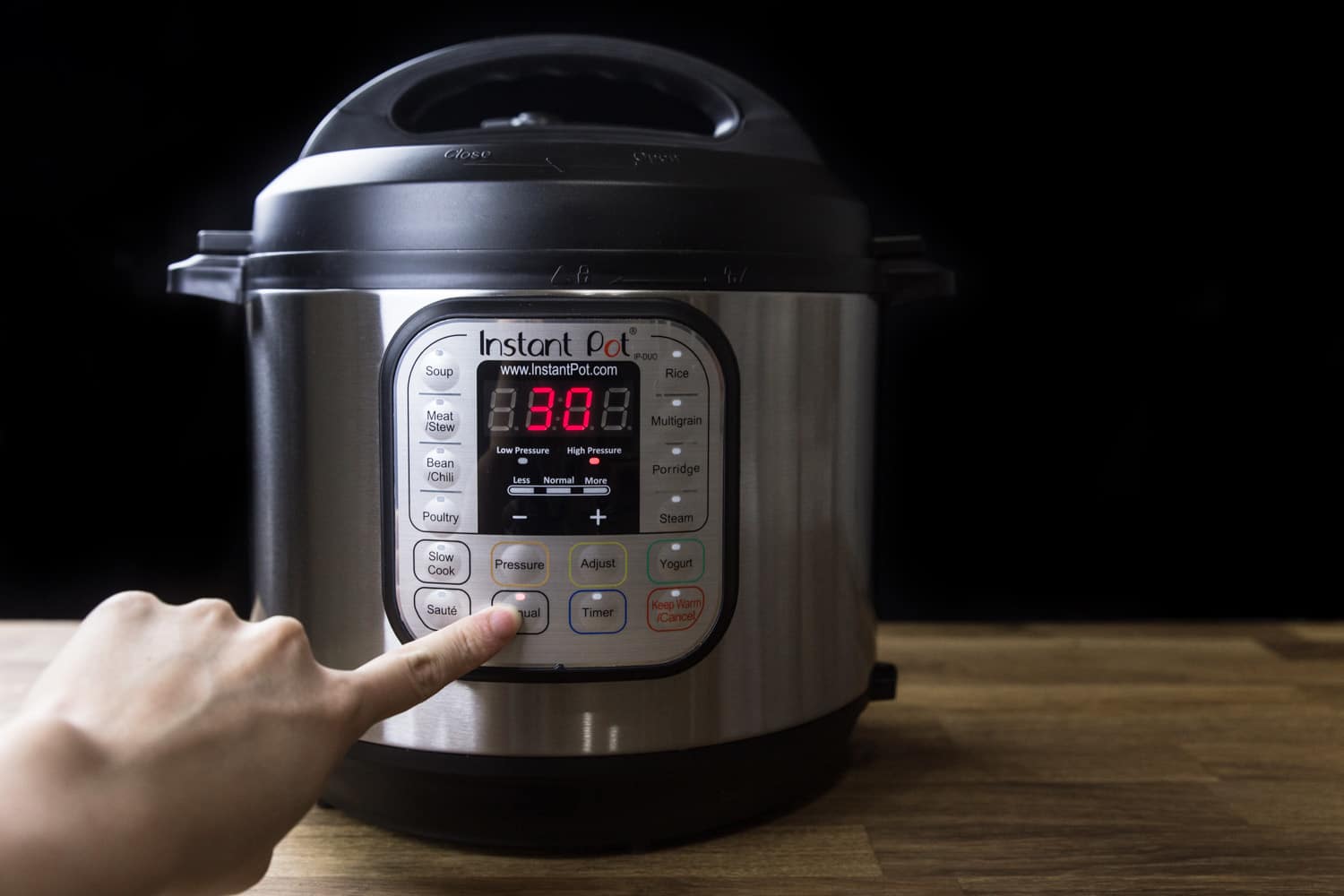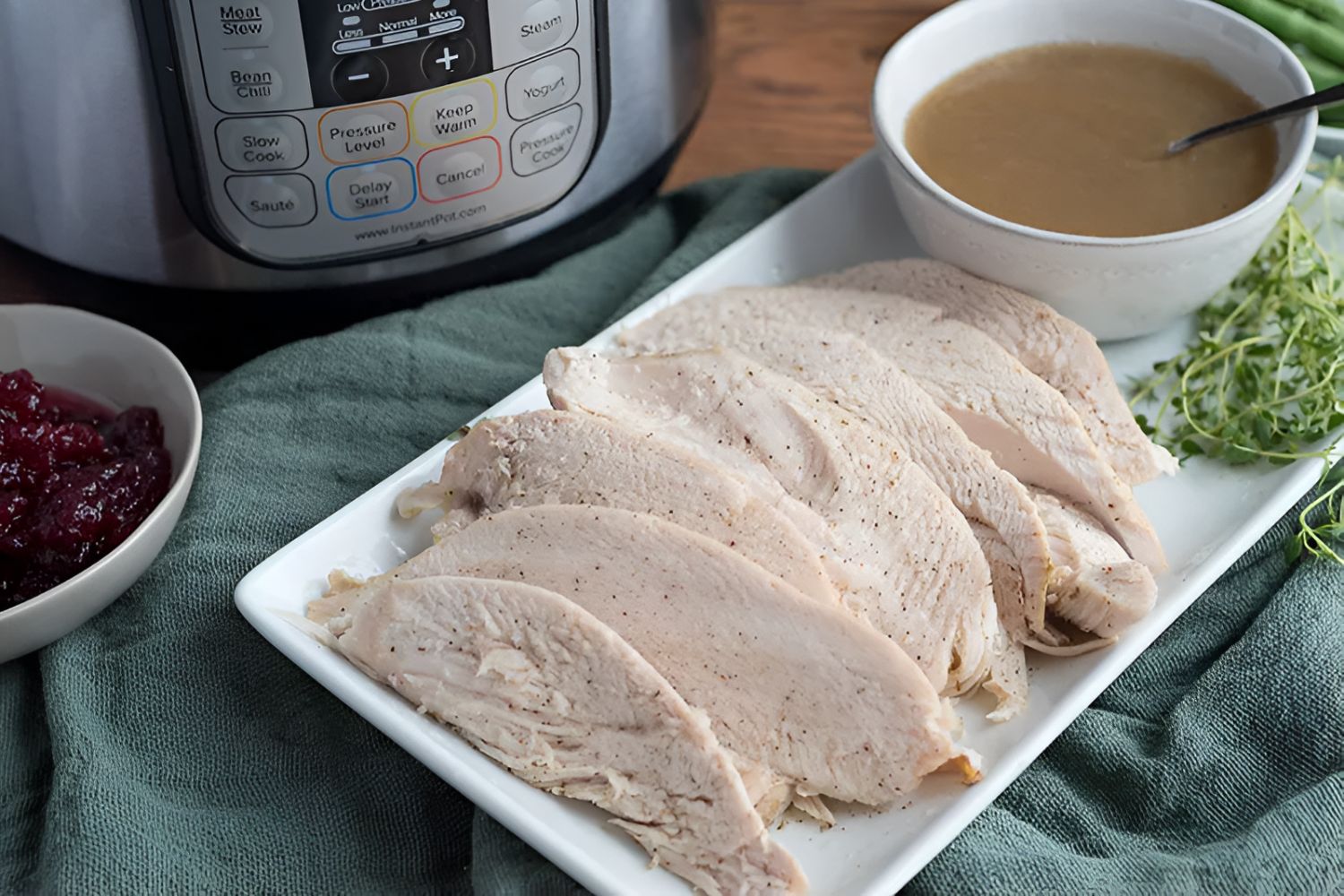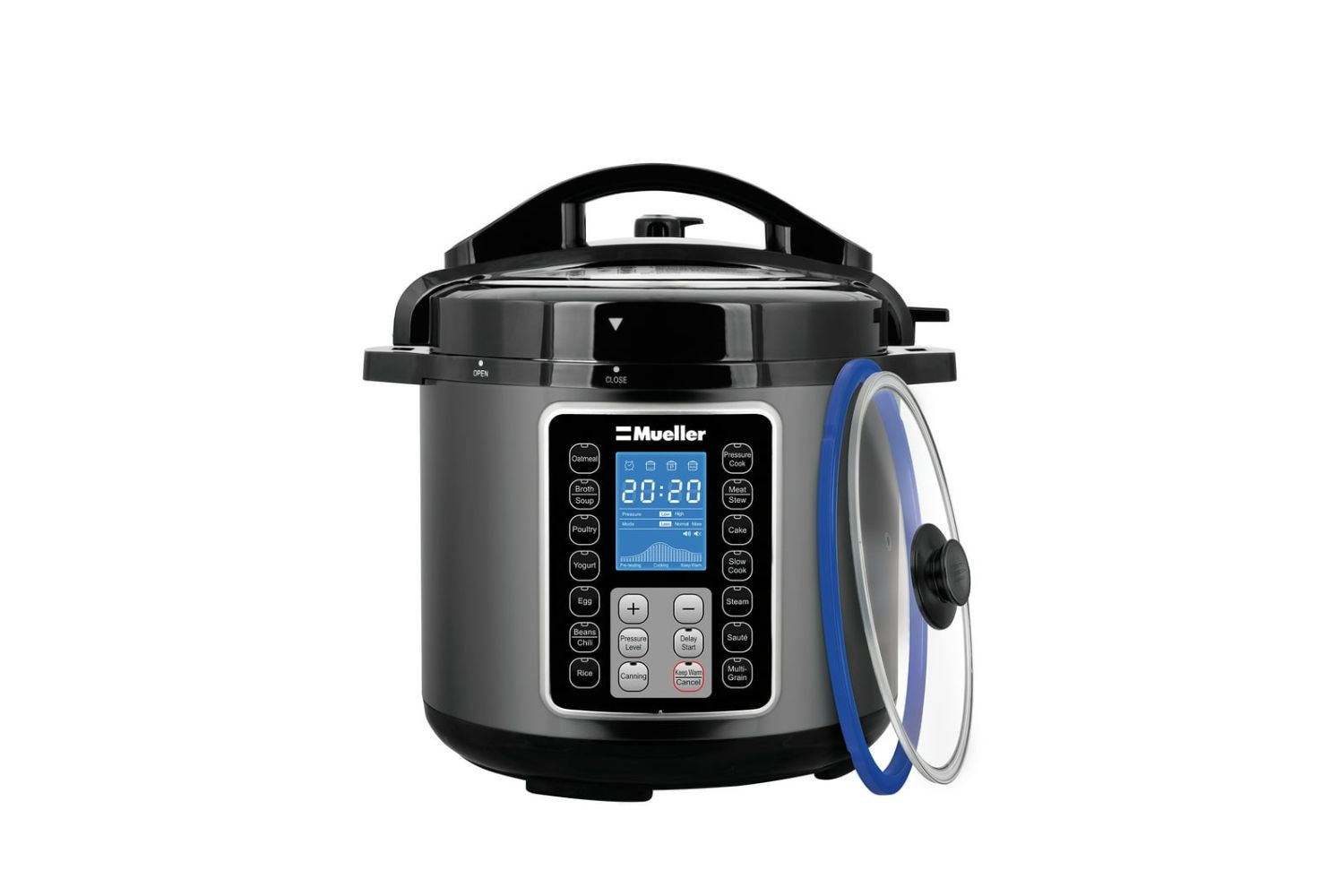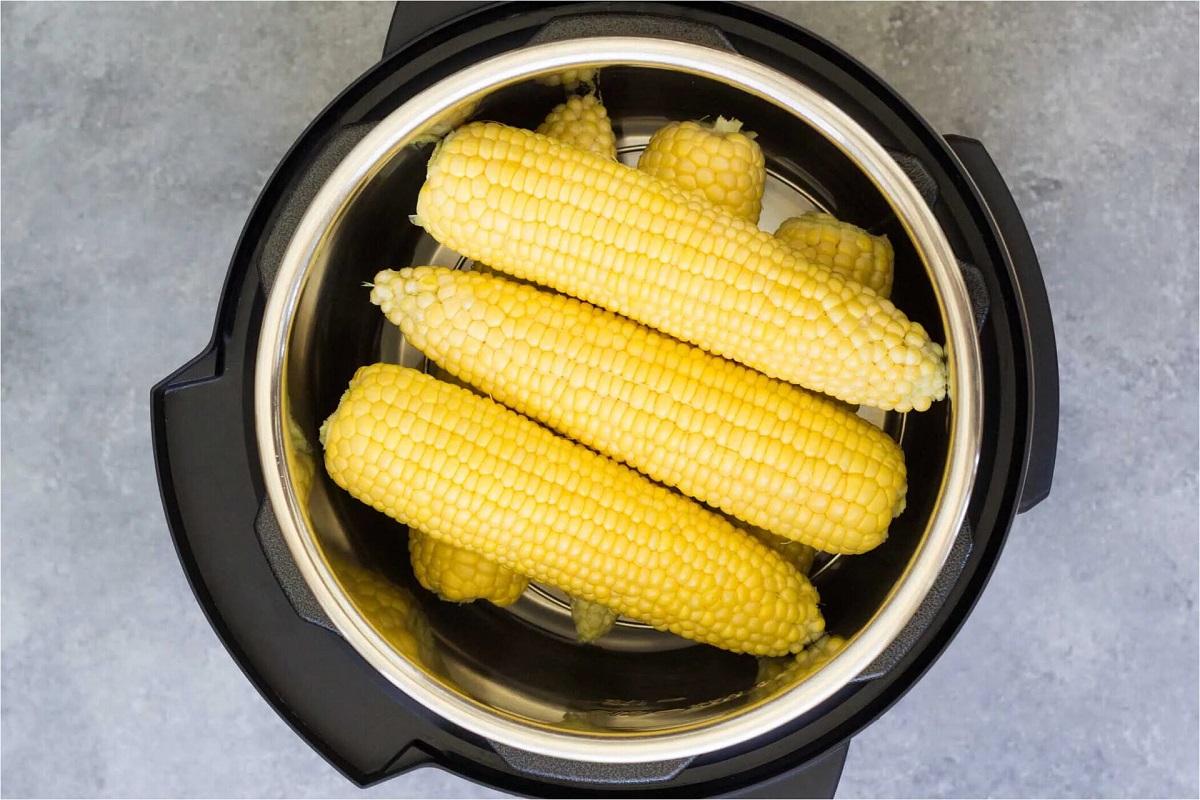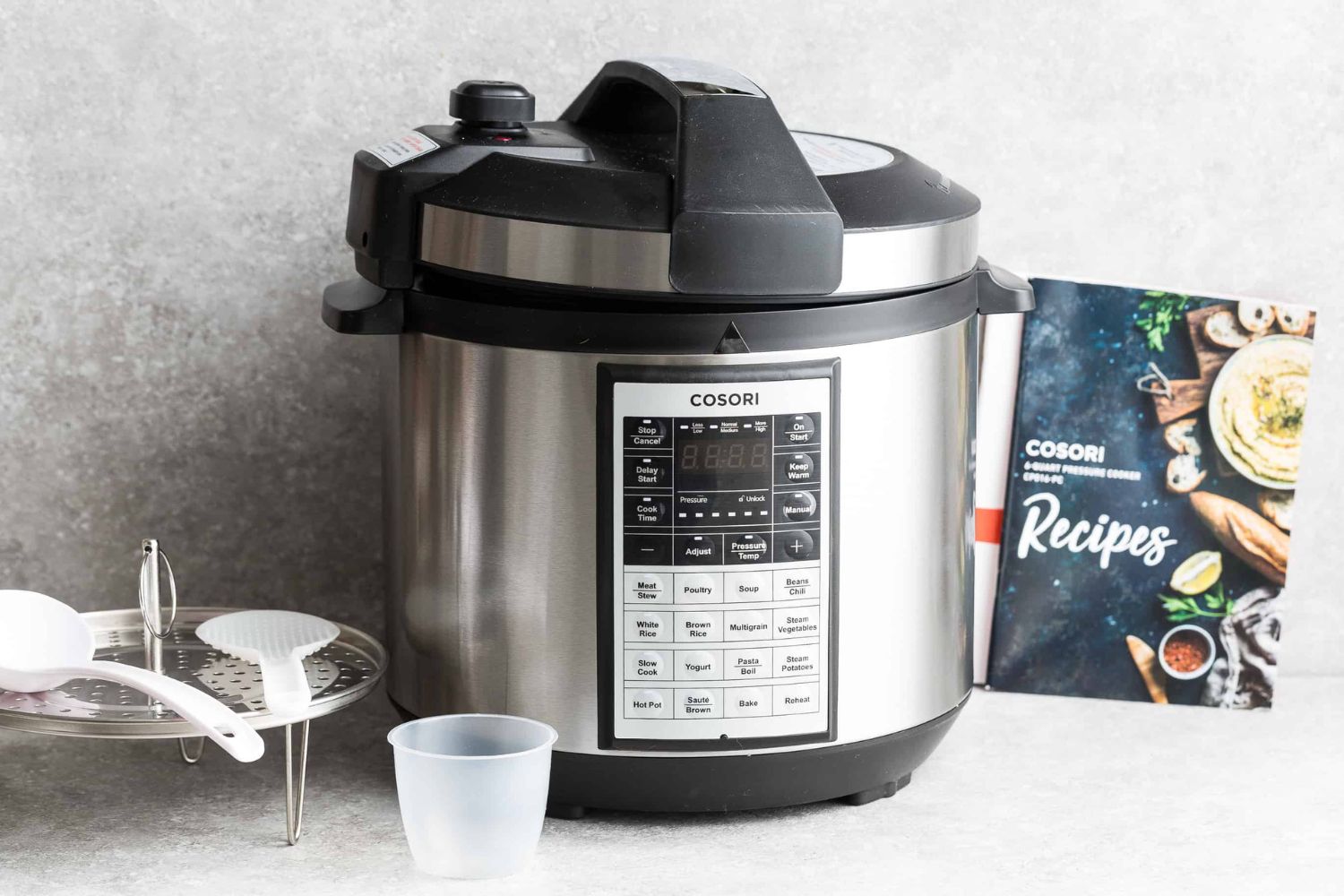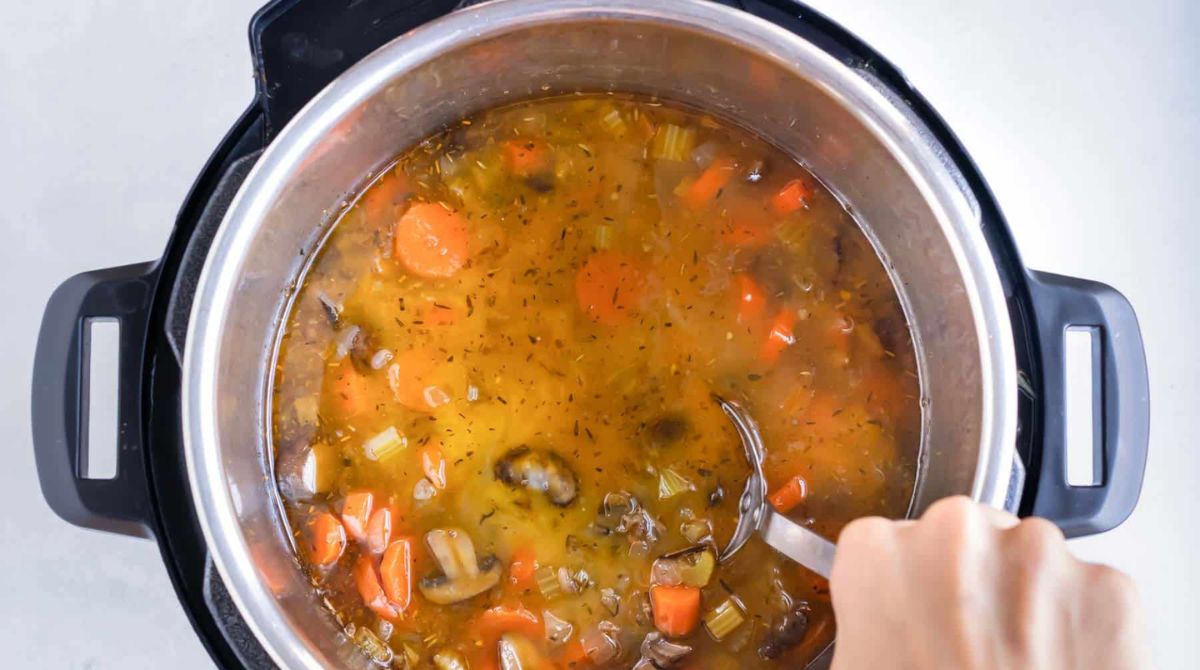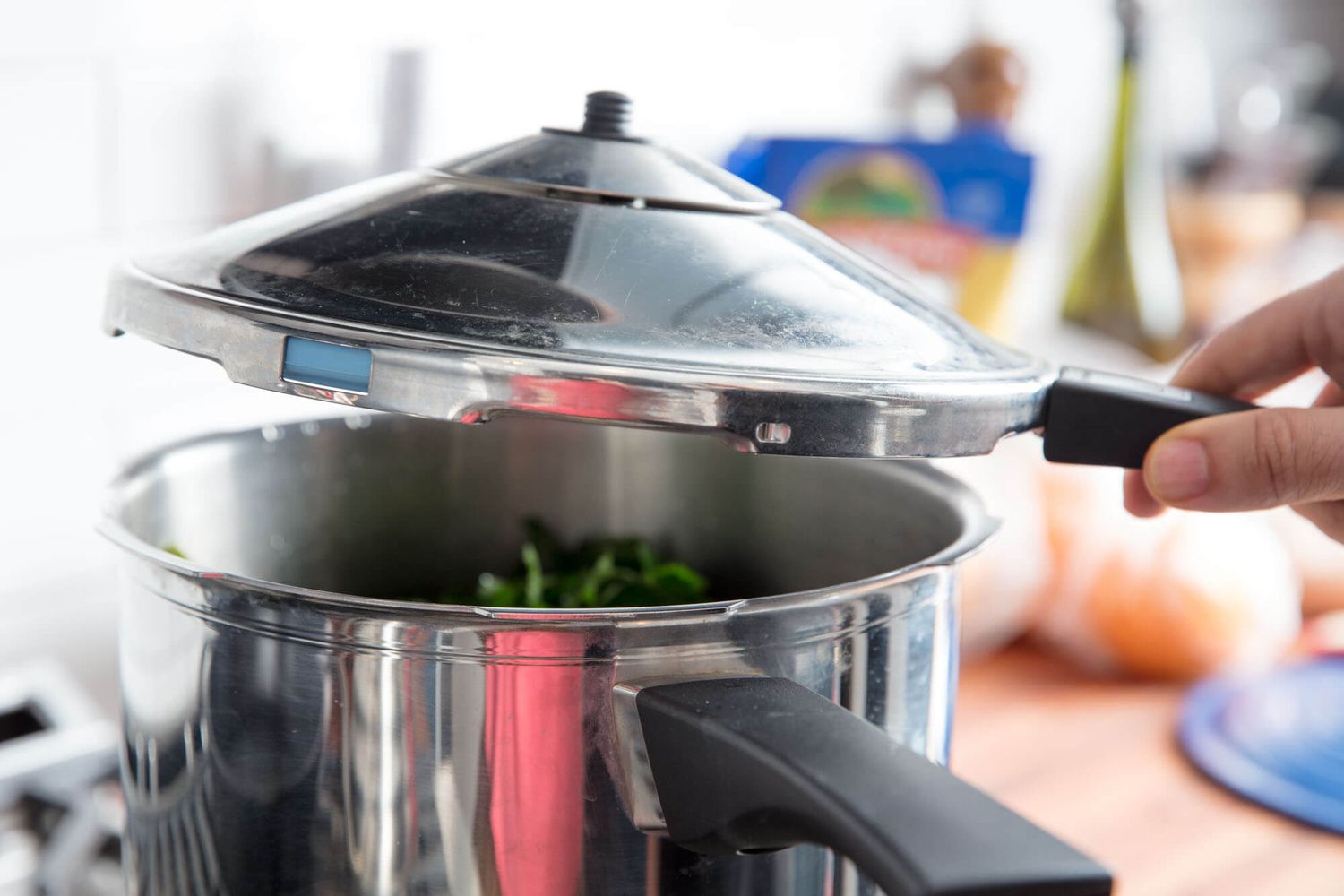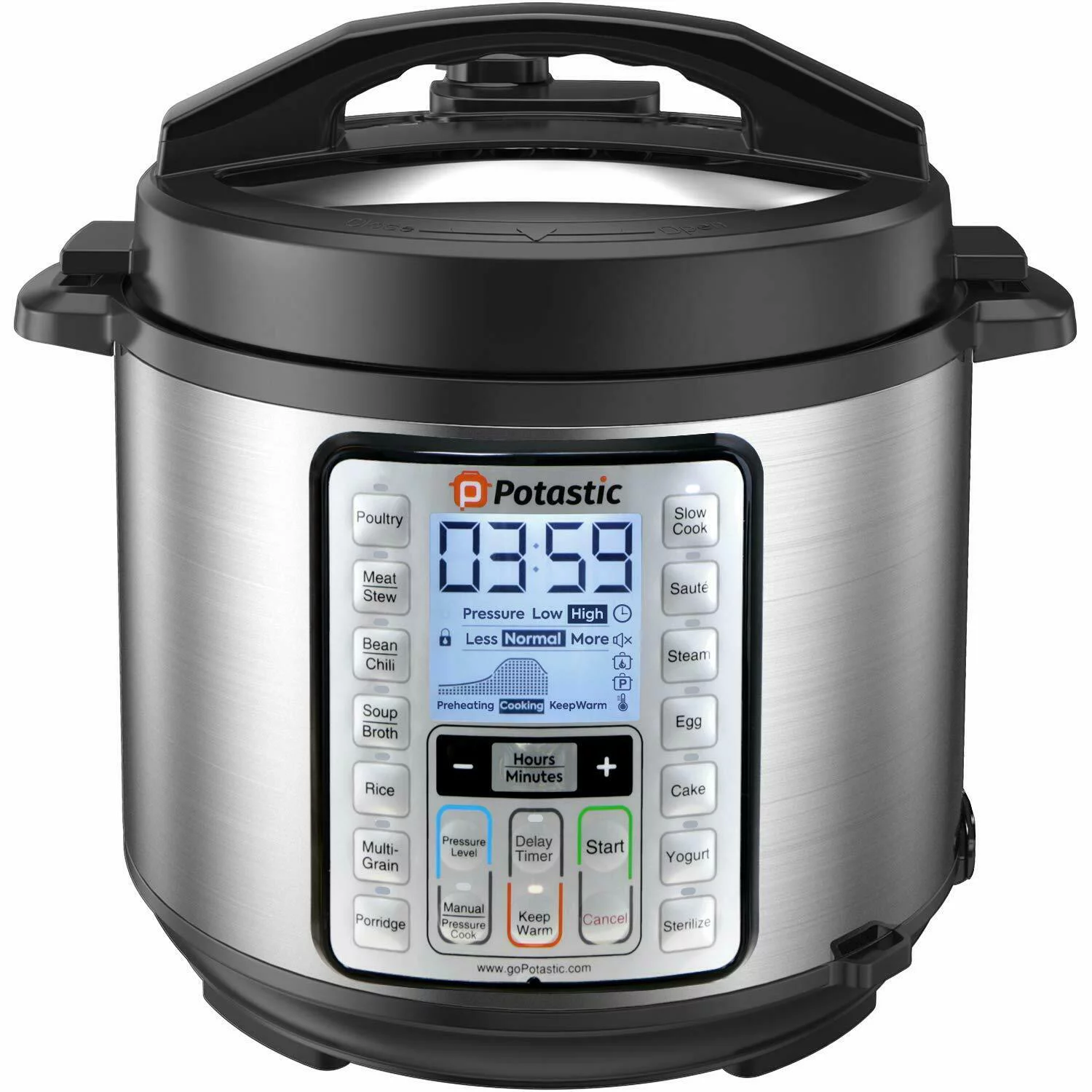Introduction
An electric pressure cooker has become a staple in many kitchens due to its convenience and ability to cook meals in a fraction of the time. But have you ever wondered just how hot an electric pressure cooker can get? Understanding the temperature range of this cooking appliance is not only important for achieving perfect results with your recipes but also for ensuring your safety while cooking.
Electric pressure cookers work by trapping steam inside a sealed pot, which raises the temperature inside and cooks the food faster. However, the temperature that an electric pressure cooker can reach and maintain depends on various factors, including the model, settings, and cooking time.
In this article, we will explore how electric pressure cookers work and delve into the temperature range they can reach. We will also discuss the factors that affect the heat generated by these cookers and the safety measures you should take when using them at high temperatures. Additionally, we will address some common misconceptions surrounding electric pressure cooker temperatures.
Whether you’re a seasoned pro or just getting started with your electric pressure cooker, understanding its temperature capabilities is vital for creating delicious meals and ensuring a safe cooking experience. So, let’s dive in and demystify the hot world of electric pressure cooking!
How Does an Electric Pressure Cooker Work?
An electric pressure cooker may seem like a magical device that cuts cooking times in half, but its operation is based on simple principles of physics and engineering. Let’s take a closer look at how an electric pressure cooker works.
At the heart of an electric pressure cooker is a sealed pot with a locking lid. This airtight design allows the cooker to create a high-pressure environment by trapping steam inside. When you set the desired cooking time and pressure level, the electric pressure cooker heats up using an electric heating element located at the bottom of the pot.
As the liquid inside the pot, such as water or broth, begins to heat up, it gradually turns into steam. The steam builds up pressure inside the cooker, causing the temperature to rise. The higher the pressure, the higher the temperature, which allows food to cook faster than traditional stovetop methods.
Once the cooking time is reached, the electric pressure cooker automatically switches to a “Keep Warm” mode to maintain the pressure and temperature inside. This feature ensures that your food stays warm until you’re ready to serve it.
One of the most crucial components of an electric pressure cooker is the pressure release valve. This valve allows you to manually release the pressure after cooking, preventing any potential accidents or food overcooking. Some electric pressure cookers also have a natural release method, where the pressure is gradually released over time without any intervention.
Overall, the working principle of an electric pressure cooker is quite simple: it uses heat and pressure to cook food quickly and efficiently. Now that we have a basic understanding of how these cookers operate, let’s explore the temperature range they can achieve and the factors that influence it.
The Temperature Range of an Electric Pressure Cooker
Understanding the temperature range of an electric pressure cooker is key to successful cooking with this appliance. The temperature inside the cooker can reach high levels, resulting in faster cooking times and tender, flavorful meals. Let’s dive into the temperature range you can expect from an electric pressure cooker.
Typically, electric pressure cookers can generate temperatures ranging from 230°F (110°C) to 250°F (121°C) on their high-pressure settings. These temperatures are significantly higher than those achievable with traditional stovetop cooking methods.
The high pressure created inside the cooker raises the boiling point of liquids, allowing food to cook at higher temperatures than in standard cooking methods. This increased temperature helps to break down tough fibers in meat, soften beans, and infuse flavors into dishes in a fraction of the time.
The temperature range varies slightly depending on the specific model and manufacturer. Some electric pressure cookers may have a maximum temperature of up to 265°F (130°C) on their high-pressure setting. However, it’s essential to consult the user manual for your specific cooker to ensure that you are aware of the exact temperature range it can achieve.
It’s worth noting that the temperature inside the cooker can fluctuate slightly during the cooking process. This is due to the pressure release system, which automatically regulates the pressure inside the pot. However, these fluctuations are minimal and have no significant impact on the overall cooking results.
Now that we have explored the temperature range of an electric pressure cooker, let’s delve into the factors that can affect the heat generated by this versatile appliance.
Factors That Affect the Heat Generated by an Electric Pressure Cooker
Several factors can influence the heat generated by an electric pressure cooker. Understanding these factors can help you optimize your cooking experience and achieve the desired results. Let’s explore the key factors that affect the heat generated by an electric pressure cooker.
1. Power Output: The wattage or power output of the electric pressure cooker plays a significant role in its ability to generate heat. Higher wattage cookers can reach and maintain higher temperatures compared to lower wattage models. It’s important to check the wattage of your cooker and adjust your cooking times accordingly.
2. Pressure Settings: Electric pressure cookers typically offer different pressure settings, such as low, medium, and high. The pressure level selected will affect the temperature inside the cooker. Higher pressure levels generate higher temperatures, resulting in faster cooking times.
3. Cooking Time: The longer you cook your food in an electric pressure cooker, the more heat it will generate. As the cooking time duration increases, the cooker will maintain a higher temperature, allowing for thorough cooking and tenderizing of ingredients.
4. Food Volume: The amount of food you cook at a time can affect the heat generated by the cooker. If the pot is filled to its maximum capacity, it may take longer for the pressure and temperature to build up compared to a smaller quantity of food.
5. Altitude: The altitude at which you are cooking can impact the heat generated by the electric pressure cooker. Higher altitudes have lower atmospheric pressure, which affects the boiling point of liquids. This may result in slightly longer cooking times and adjustments may be needed.
6. Insulation and Sealing: The quality of the cooker’s insulation and the effectiveness of its sealing mechanism play a role in heat retention. A well-insulated and tightly sealed cooker will maintain consistent and efficient heat throughout the cooking process.
By considering these factors and making necessary adjustments, you can ensure that your electric pressure cooker generates the required heat to cook your meals to perfection.
Next, we will discuss the safety measures that should be taken when using an electric pressure cooker at high temperatures.
Safety Measures for Using an Electric Pressure Cooker at High Temperatures
Using an electric pressure cooker at high temperatures can yield delicious meals, but it’s essential to prioritize safety. The intense heat and pressure generated in these cookers can pose certain risks if not handled with care. Here are some crucial safety measures to follow when cooking with an electric pressure cooker at high temperatures.
1. Read the Manual: Familiarize yourself with the user manual that comes with your electric pressure cooker. Pay close attention to handling instructions, safety guidelines, and recommended cooking times. Each model may have specific safety measures that you should be aware of.
2. Ventilation: Ensure that there is adequate ventilation in your kitchen when using an electric pressure cooker. Place the cooker under a range hood or in a well-ventilated area to prevent excessive steam buildup and to maintain a comfortable cooking environment.
3. Follow Maximum Fill Line: Electric pressure cookers come with a maximum fill line indicating the maximum amount of food or liquid you should add to the pot. Overfilling can lead to excessive pressure buildup, causing potential safety hazards. Always adhere to this guideline for safe and efficient cooking.
4. Release Pressure Safely: After cooking, carefully release the pressure from the cooker following the manufacturer’s instructions. Avoid using your hands to manipulate the pressure release valve. Use utensils or oven mitts to handle hot surfaces and ensure your hands are away from the steam released during the process.
5. Use Heat-Resistant Utensils: When stirring or serving food from the pressure cooker, use heat-resistant utensils to prevent burns. Plastic utensils can melt, and metal utensils can become very hot. Opt for silicone, wooden, or heat-resistant nylon tools for safe handling.
6. Allow for Natural Release: Some recipes may recommend a natural pressure release, where you allow the pressure to release gradually on its own. Follow these instructions to avoid sudden bursts of steam when manually releasing pressure.
7. Keep Children and Pets Away: When using an electric pressure cooker at high temperatures, it is crucial to keep children and pets away from the cooking area. The appliance can become extremely hot, and the steam released during pressure release can cause burns.
8. Check the Seals: Regularly inspect the sealing ring and the cooker’s safety valves to ensure they are in proper working condition. Replace the sealing ring if it shows signs of wear and tear or if the cooker fails to seal effectively.
By following these safety measures, you can enjoy the benefits of using an electric pressure cooker and minimize any potential risks associated with high-temperature cooking.
Next, we will debunk some common misconceptions about electric pressure cooker temperatures.
Common Misconceptions about Electric Pressure Cooker Temperatures
Electric pressure cookers have gained popularity as versatile and efficient cooking appliances. However, there are some common misconceptions surrounding their temperature capabilities. Let’s debunk these myths and set the record straight about electric pressure cooker temperatures.
1. Electric Pressure Cookers Always Cook at Boiling Point: One common misconception is that electric pressure cookers always cook food at boiling point. While the pressure inside the cooker can indeed reach the boiling point, the actual temperature may vary. The internal temperature in the cooker depends on various factors, including the selected pressure level and cooking time.
2. Higher Pressure Level Means Higher Cooking Temperature: It’s often believed that increasing the pressure level on an electric pressure cooker automatically raises the cooking temperature. While it’s true that higher pressure levels generate higher temperatures, the correlation is not linear. Cooking at a higher pressure level does not necessarily equate to a significantly higher cooking temperature.
3. Food Gets Overcooked at High Pressure: Another misconception is that cooking food at high pressure in an electric pressure cooker will result in overcooked or mushy food. In reality, the cooking time and proper pressure release are more important factors in preventing overcooking. Following recipe guidelines and adjusting cooking times accordingly will help you achieve perfectly cooked meals.
4. Pressure Cookers Cannot Achieve Browning or Searing: Some believe that electric pressure cookers cannot achieve the browning or searing effect that stovetop cooking methods offer. While it’s true that electric pressure cookers rely on steam for most cooking processes, many models come with browning or sauté functions that allow you to achieve a crispy and golden exterior before pressure cooking.
5. Electric Pressure Cookers Cook at Consistent Temperatures Throughout: It’s important to note that electric pressure cookers do experience slight temperature fluctuations during the cooking process. These fluctuations occur as the cooker adjusts the pressure inside to maintain the desired cooking conditions. However, these temperature variations are minimal and do not significantly impact the overall cooking results.
By understanding the facts about electric pressure cooker temperatures, you can make informed decisions when using this appliance and achieve delicious results in your cooking endeavors.
Now that we’ve dispelled these common myths, let’s wrap up our discussion on electric pressure cooker temperatures.
Conclusion
Understanding the temperature range and capabilities of an electric pressure cooker is essential for successful cooking and a safe kitchen experience. By harnessing the power of high temperatures and pressure, these versatile appliances can significantly reduce cooking times while preserving the flavors and nutrients in your meals.
In this article, we explored how an electric pressure cooker works, from the sealed pot to the heat-generating electric element. We learned about the temperature range that these cookers can achieve, typically ranging from 230°F (110°C) to 250°F (121°C) on high-pressure settings. We also discovered the various factors that can affect the heat generated by an electric pressure cooker, such as power output, pressure settings, cooking time, food volume, altitude, and insulation.
Furthermore, we emphasized the importance of following safety measures when cooking at high temperatures with an electric pressure cooker, including proper ventilation, cautious pressure release, and using heat-resistant utensils. Taking these precautions ensures both your safety and the quality of your cooking.
We also debunked common misconceptions about electric pressure cooker temperatures, clarifying that they don’t always cook at boiling point, higher pressure levels don’t always mean higher cooking temperatures, and proper cooking time and pressure release are more critical for achieving desired results.
As you continue to explore the world of electric pressure cooking, remember to consult your cooker’s user manual for specific instructions and guidelines tailored to your model. By following best practices, adapting recipes, and experimenting with different cooking times and pressure levels, you’ll unlock the full potential of your electric pressure cooker.
So go ahead, embrace the heat and efficiency of your electric pressure cooker, and enjoy delicious, flavorful meals in a fraction of the time!







